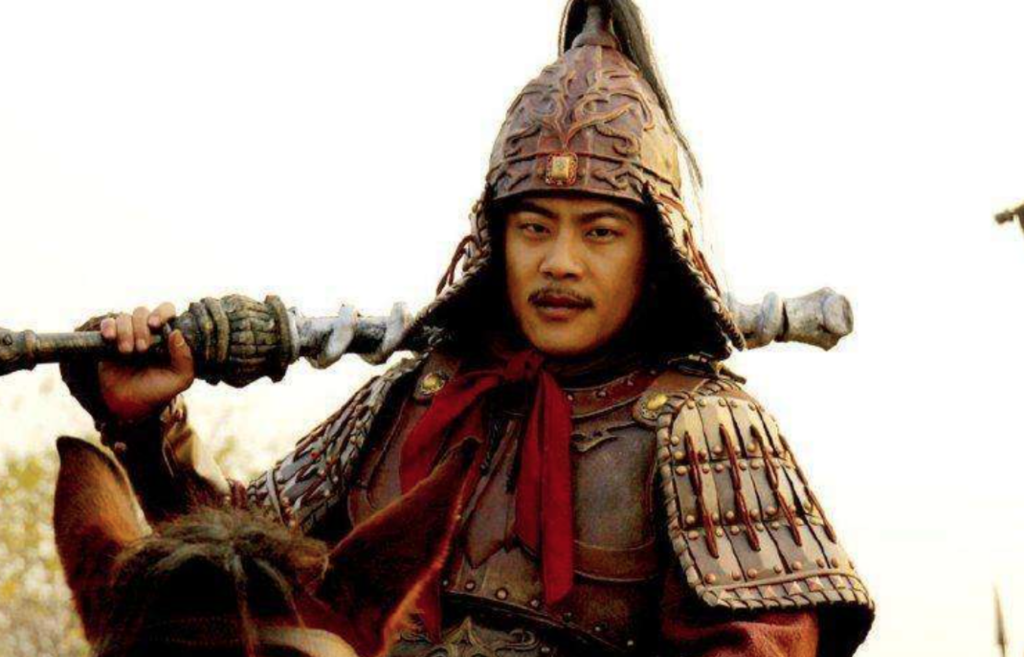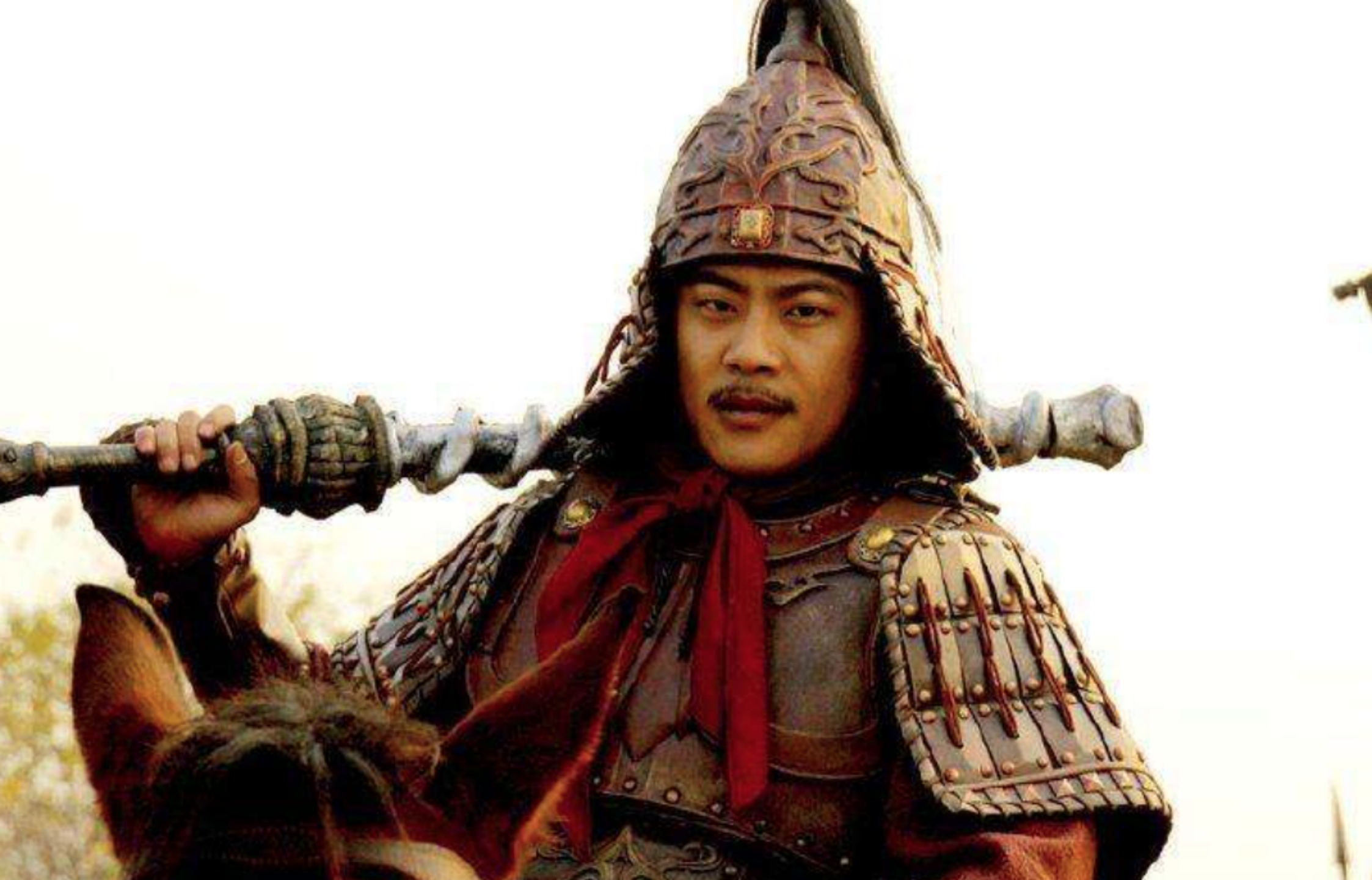In the mid Ming Dynasty, it was a period of social transformation. The Wuzhong region is economically prosperous, culturally developed, and has a thriving foreign trade. It has also begun to liberate its individual thinking, giving rise to many talented and free spirited literati who are unrestrained and independent, criticizing the feudal traditional thinking of the early Ming Dynasty. The “Four Talented Scholars of Wuzhong” are representative figures, namely Tang Yin, Zhu Yunming, Wen Huiming, and Xu Zhenqing. Previously, I introduced the life and career of Zhu Yunming. Below, I will focus on his achievements in calligraphy.

Although Zhu Yunming’s career was bumpy, his calligraphy had a huge impact on future generations. Zhu Yunming was born into a scholarly family and was influenced by his maternal grandfather Xu Youzhen and grandfather Zhu Hao. From a young age, he was intelligent, diligent, and eager to learn. The greatest influence on his calligraphy, besides his grandfather who was skilled in cursive script, was also the calligraphy master Li Yingzhen at that time. Li Yingzhen is the calligraphy teacher of Wen Zhengming and also the father-in-law of Zhu Yunming. Under his personal and dedicated guidance, Zhu Yunming absorbed the strengths of the two calligraphers and made steady progress in calligraphy without taking any detours. This also laid the foundation for Zhu Yunming’s achievements in calligraphy in the future. Zhu Yunming not only has a solid foundation in calligraphy, but also has a high recognition of the orthodox concept of calligraphy learning, bringing back the Taige style calligraphy style that was popular in the early Ming Dynasty to the right track.
Zhu Yunming loved cursive script throughout his life, and his cursive writing was also very famous. His calligraphy absorbed the charm of the calligraphy of Yu Shinan in the Tang Dynasty and Zhao Mengfu in the Yuan Dynasty, learned the essence of the calligraphy of Wang Xizhi and Wang Xianzhi, promoted the momentum of the calligraphy of Huai Su and Zhang Xu in the Tang Dynasty, integrated the strengths of each school, and formed his own unique style. Zhu Yunming’s cursive script is even hailed as the “number one of the Ming Dynasty” and is known as the “Eagle Book”. At that time, counterfeit copies had already appeared, and there was a popular saying among the people that “the words of Tang Bohu are the characters of Zhu Zhishan”. This shows how popular his cursive script is.
Zhu Yunming’s calligraphy advocates for equal emphasis on “nature” and “skill”. “Nature” refers to a person’s spirit and spirit, while “skill” refers to the ability and effort put into calligraphy creation. Both are indispensable and must be combined. He believes that the ancient legal tradition cannot be ignored, but it cannot become a ‘book slave’. We need to understand the principles of learning from previous people’s books, turn them into our own, and reach a higher level in order to create more excellent works. Zhu Yunming has created such representative works as the Taihu Lake Poetry Volume, Red Cliff Fu, Konghou Yin and so on in terms of such theoretical requirements for calligraphy creation. His 30 volumes of Zhu Shi Ji Lue, 30 volumes of Huaixing Tang Ji and so on are also handed down from generation to generation, which has had an indelible impact on the development of calligraphy in the Ming Dynasty and later generations.

Original and exclusive article from History Encyclopedia, unauthorized reproduction is prohibited, violators will be held accountable!


